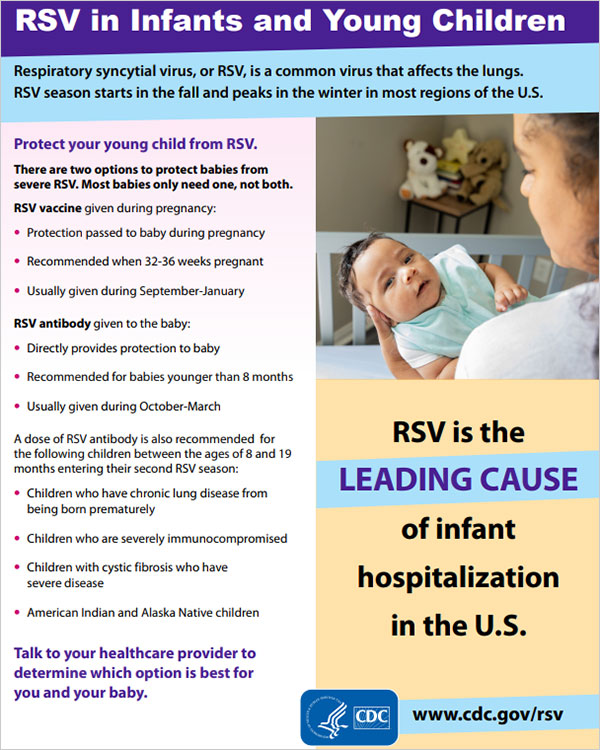Respiratory Syncytial Virus (RSV) is a highly contagious virus that affects people of all ages, but it’s most severe in young children and older adults. In children, RSV is a leading cause of lower respiratory tract infections, such as bronchiolitis and pneumonia. The virus is so common that nearly all children will have had an RSV infection by the time they’re two years old.
Understanding RSV
RSV is a type of virus that infects the cells lining the respiratory tract, including the nose, throat, and lungs. It’s highly contagious and can spread through:
- Direct contact: Touching, shaking hands, or kissing someone who has the virus.
- Airborne transmission: Inhaling droplets that contain the virus after an infected person talks, coughs, or sneezes.
- Contaminated surfaces: Touching surfaces or objects that have the virus on them and then touching your face.
Symptoms of RSV in Children
The symptoms of RSV infection can range from mild to severe and may include:
- Runny nose
- Coughing
- Sneezing
- Fever
- Loss of appetite
- Wheezing or making a high-pitched sound when breathing out (in more severe cases)
In more severe cases, especially in infants and young children, RSV can cause:
- Bronchiolitis: Inflammation of the small airways in the lungs, which can lead to wheezing and difficulty breathing.
- Pneumonia: Infection of the lungs, which can cause fever, cough, and difficulty breathing.
Who Is at Risk?
While any child can get infected with RSV, certain groups are at a higher risk for severe illness:
- Premature infants: Babies born before 37 weeks of gestation.
- Young infants: Babies under 6 months old.
- Children with certain health conditions: Such as heart disease, lung disease, or a weakened immune system.
- Children with neuromuscular disorders: Conditions that affect the nerves used for breathing and swallowing.
Prevention and Treatment
Preventing the spread of RSV is key, especially in high-risk groups:
- Practice good hygiene: Wash your hands frequently, especially after being in contact with someone who is sick.
- Avoid close contact: Try to avoid close contact with anyone who is sick.
- Keep surfaces clean: Regularly clean and disinfect surfaces and toys, especially in areas where children play.
- Breastfeeding: For newborns, breastfeeding can provide some protection against RSV.
There is no specific treatment for RSV infection, but symptoms can be managed:
- Rest and hydration: Ensuring the child gets plenty of rest and stays hydrated.
- Over-the-counter medications: For fever and cough, under the guidance of a healthcare provider.
- Oxygen therapy and hospitalization: In severe cases where the child has difficulty breathing or is dehydrated.
Vaccination and Prophylaxis
For high-risk infants, such as those born prematurely or with certain health conditions, a medication called palivizumab can be given monthly during RSV season to help prevent severe RSV disease. There is no vaccine available for RSV for the general population, but researchers are working on developing one.
Conclusion
RSV is a common and highly contagious virus that can cause significant illness in young children. Understanding how it spreads, recognizing its symptoms, and taking preventive measures can help protect vulnerable children. For those at high risk, discussing prophylactic options with a healthcare provider is crucial. As research continues, the hope is for more effective preventive measures, including a vaccine, to become available.



